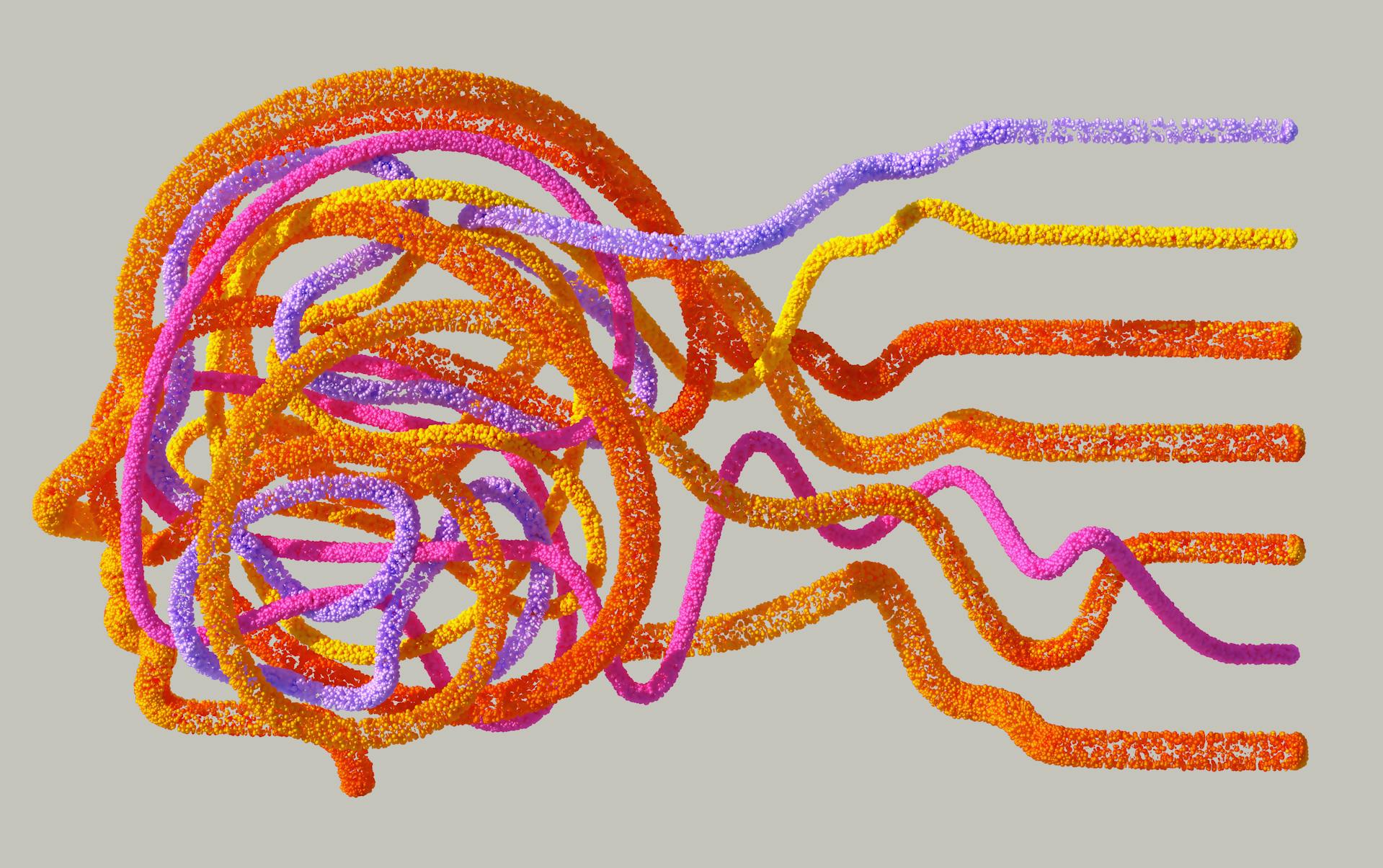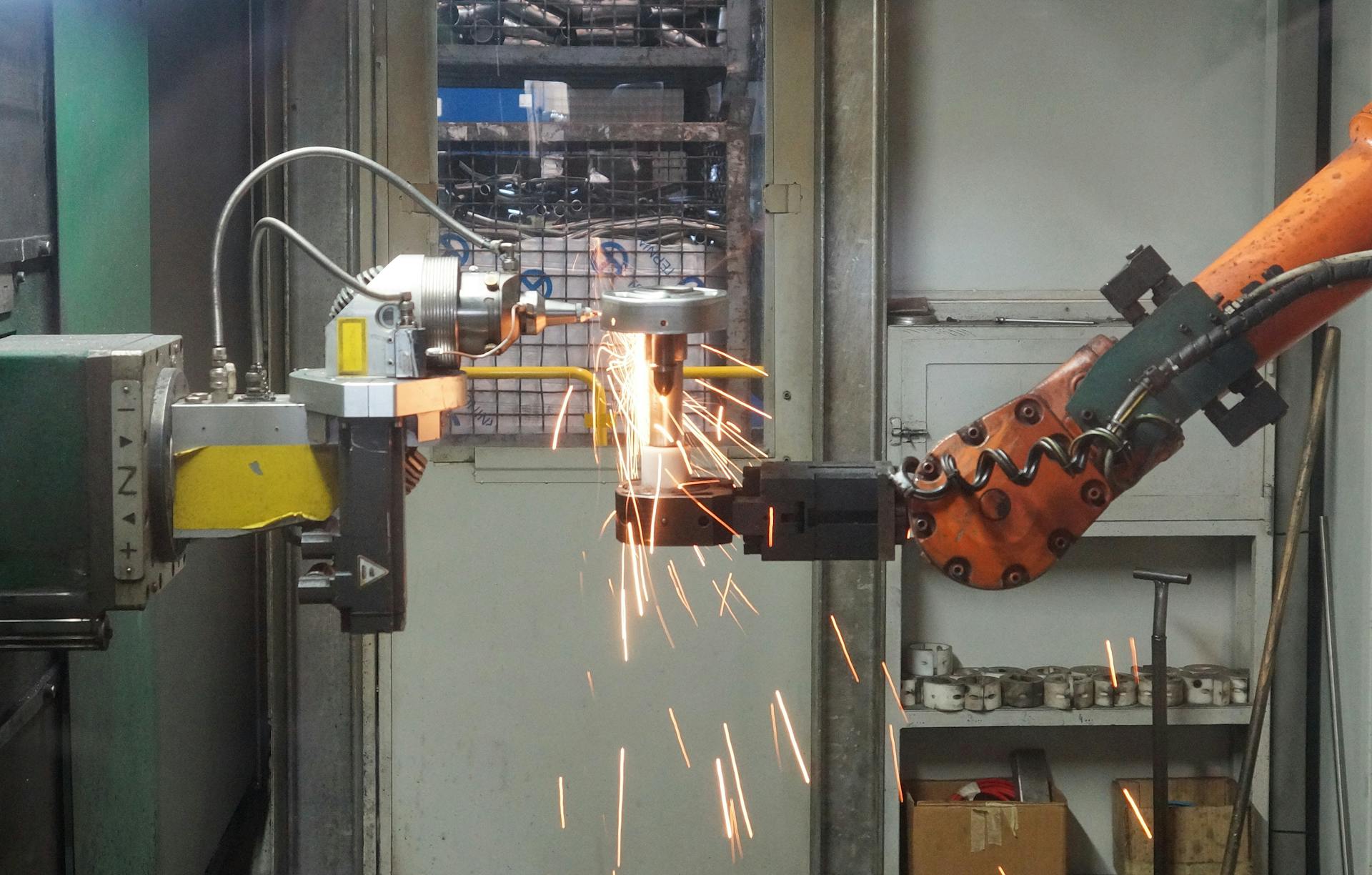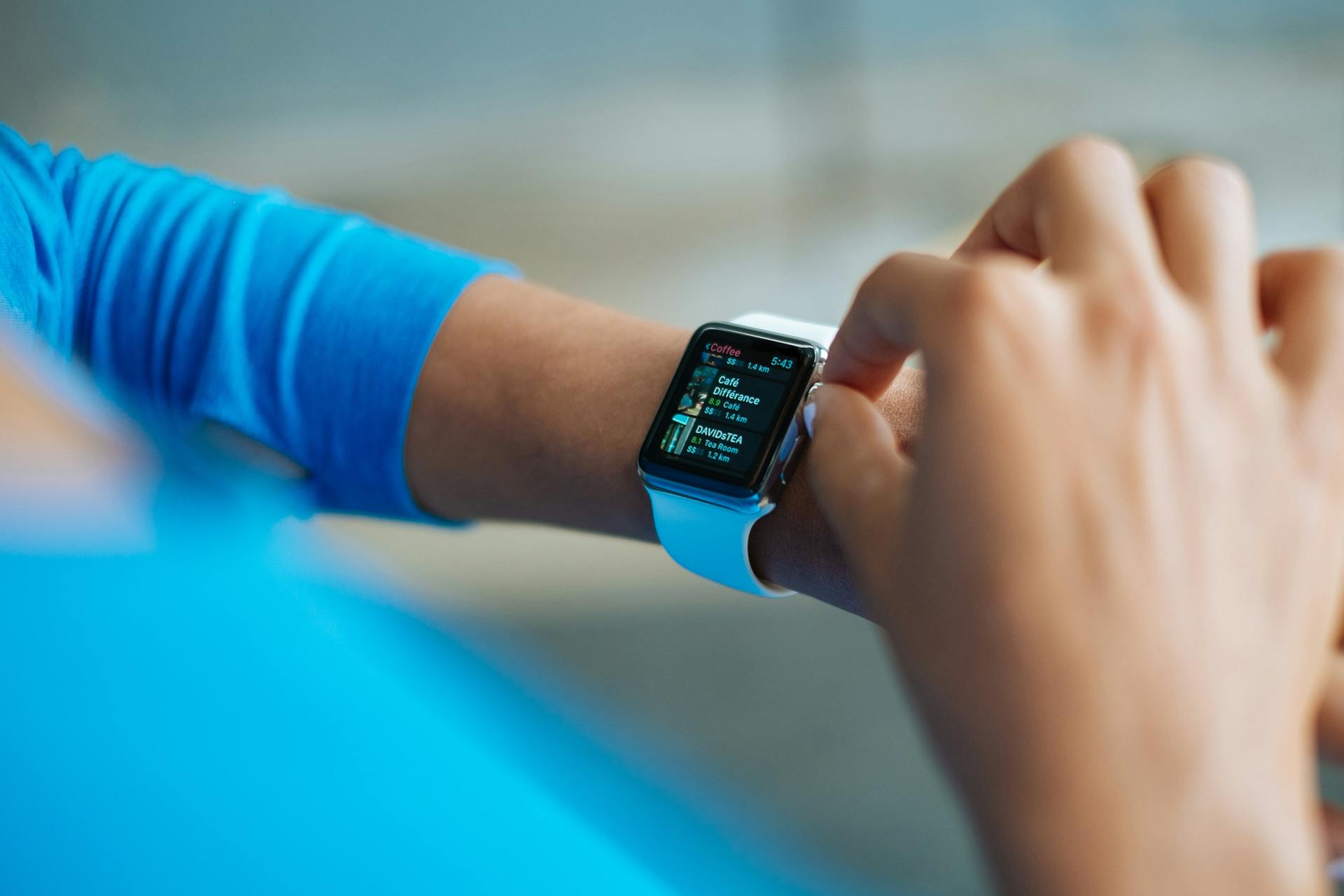- Jigyasa | #1 Newsletter for curious minds
- Posts
- Most Exciting Tech Development: Top 4 Future Tech Trends Students Should Know: AI, Robotics, Wearables & IoT
Most Exciting Tech Development: Top 4 Future Tech Trends Students Should Know: AI, Robotics, Wearables & IoT
Explore the coolest tech shaping your future—AI, robotics, smart wearables, and the Internet of Things. Discover how students can learn, build, and lead the next big breakthroughs.
Imagine walking on Mars during science class, designing a robot that delivers snacks, or printing your own toy at school. Sounds like sci-fi? Not anymore!
Dear Jigyasu 👋
We live in a time where amazing technologies are no longer science fiction they’re becoming part of our daily lives. Whether you dream of becoming an engineer, artist, doctor, gamer, or even an astronaut, these tech fields will play a big role in your future.
Let’s dive into the most exciting tech areas changing the world and see how you can be part of them.
🤖 1. Artificial Intelligence (AI) & Generative AI

What is it?
Artificial Intelligence (AI) means teaching machines to think, learn, and make decisions like humans. Generative AI goes one step further—it creates new things like stories, images, music, or even computer code.
What happens in this field?
AI can answer questions, recognize your voice, drive cars, diagnose diseases, and write books. Generative AI tools like ChatGPT or DALL·E can help you brainstorm, write essays, solve math problems, or even make your own comics.
How are we using it today?
AI tutors help students learn at their own pace
Artists use AI to create music and illustrations
Companies use AI to answer customer questions 24/7
What does the future look like?
In the future, AI will personalize your entire education. It will understand how you learn best and adapt lessons for you. It will also power jobs that don’t even exist yet!
📌 Real Use: Apps like ChatGPT help you with homework, brainstorm, solve real world problems.
🔮 Future Peek: Your personal AI tutor may one day know your strengths better than Everyone!
❓ Question to Research This Week
How does ChatGPT know so much without going to school?
Can an AI become smarter than a human?
What are some jobs that didn’t exist 10 years ago but now use AI?
🦿 2. Robotics & Automation

What is it?
Robotics is all about designing and building robots—machines that can perform tasks. Automation means these machines can do tasks by themselves, often faster and more accurately than humans.
What happens in this field?
Robots can clean your house, help in surgeries, or explore Mars. Some are even designed to teach, dance, or play games with kids.
How are we using it today?
Students use DIY robotics kit to build machines
Schools hold robotics competitions to teach teamwork and coding
Factories use robots to assemble cars or pack food
What does the future look like?
You might work with robots in future jobs or even design your own robot assistants. Imagine robots in classrooms, hospitals, and homes!
📌 Real Use: Kids join robotics clubs and competitions using DIY kits.
🔮 Future Peek: Robots will work side by side with humans in hospitals, space missions, and homes.
❓ Question to Research This Week
What’s the coolest robot invented by a student?
How do robots learn to move, see, or speak?
What jobs can robots do better than humans—and which ones can’t they?
⌚ 3. Wearable Technology

What is it?
These are smart gadgets you wear—like smartwatches, fitness bands, and even AR glasses.
What happens in this field?
They can monitor your health, remind you to focus, or guide you through lessons in real time.
How are we using it today?
Athletes use wearables to track performance
Students use them to manage screen time and mental health
Teachers use AR glasses for interactive science lessons
What does the future look like?
Wearables could help students with special needs, teach languages on the go, or even detect illness before you feel it.
❓ Question to Research This Week
What if your clothes could charge your phone?
How do fitness bands know how many steps you take?
What’s the future of smart glasses and who is building them?
🌐 4. Internet of Things (IoT)

What is it?
IoT connects everyday devices to the internet so they can talk to each other. Think of it like giving "brains" to objects!
What happens in this field?
IoT allows your fridge to tell you when milk is low, or your smartwatch to track your heart rate and send alerts to a doctor.
How are we using it today?
Smart schools use sensors for safety and energy saving
Fitness bands track steps and sleep
Smart homes have voice assistants, smart lights, and more
What does the future look like?
Entire cities will be smart—buses, traffic signals, buildings, and even trash bins will communicate to make life more efficient.
📌 Real Use: Smartwatches that track your heart rate and remind you to drink water.
🔮 Future Peek: Imagine a schoolbag that reminds you what books to pack or a water bottle that tracks your hydration.
❓ Question to Research This Week
What would a “smart city” look like in 2050?
What are some weird or surprising “smart” devices you’ve never heard of?
Can IoT help save water, electricity, or food?
💭 Final Thought
✨ “Technology is not just about gadgets. It’s about using imagination to solve real problems and make the world better. The next big inventor could be YOU!”
👇 Join the Jigyasa WhatsApp Channel Now
Don’t let your child miss the next story that could inspire their future.
Let’s build a world where learning feels like magic again.
Why?
Because we want to reach you faster, easier, and more directly—so your child never misses another chance to explore, imagine, and create.
⚠️ Important:
All exclusive deep-dive content will always arrive via email first (so keep checking your inbox!)
But we’ll share highlights and reminders on WhatsApp 1 or 2 days later just in case you miss it.
Reply